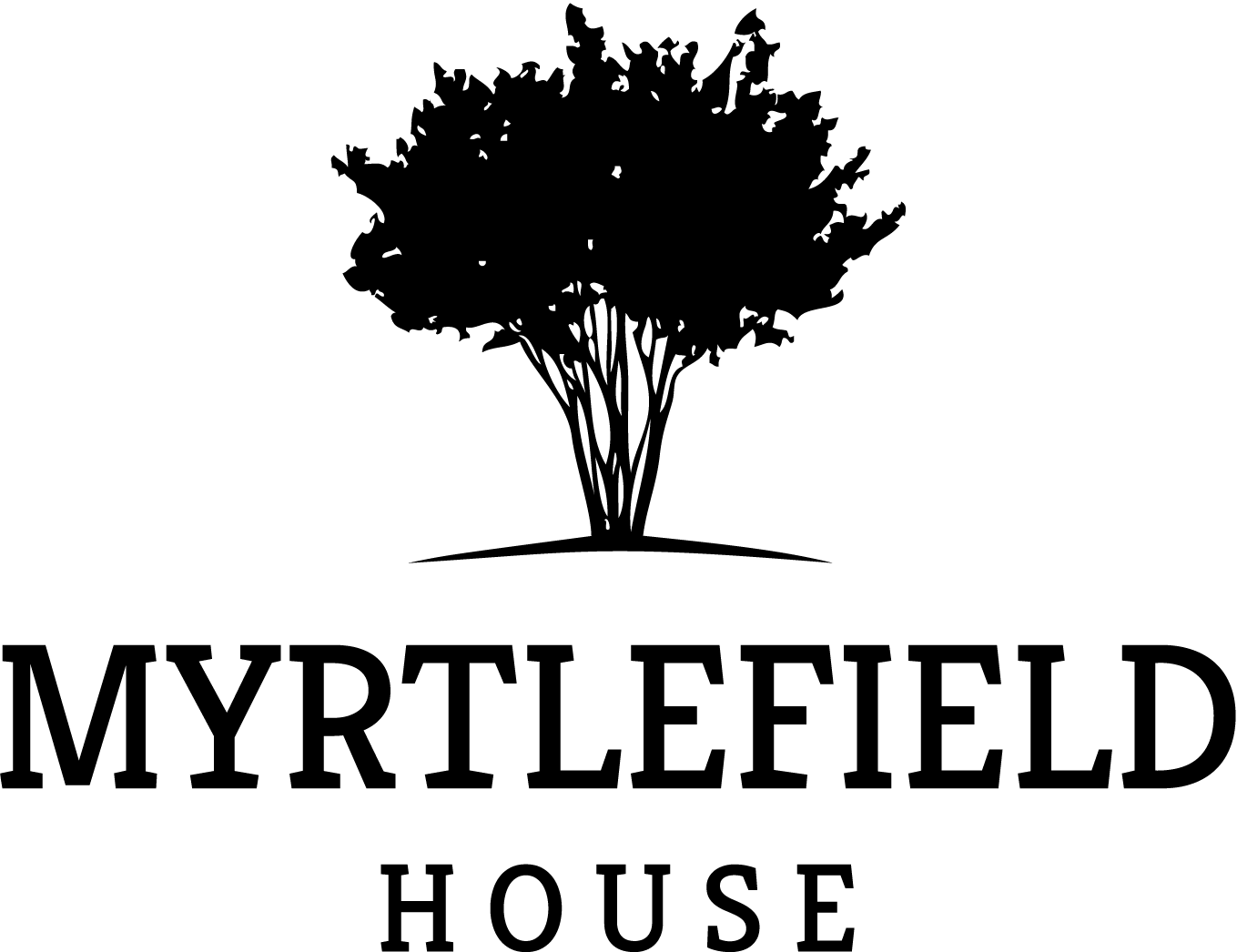Are we to assume that the four seams of each of the two halves of the first tabernacle covering require five cubits lost for overlapping?
This text is from a letter written by David Gooding in 1998.
As I understand it, each side of the tabernacle building was, as you say, thirty cubits long: twenty boards by one and a half cubits each. This means that the length of the roof from the front to the back was, likewise, thirty cubits; but then there was the depth from the top of the roof at the back to the ground, that was another ten cubits—making forty cubits in all.
Now, each of the ten linen curtains which formed 'the tabernacle'—in the technical sense of that term—was, as you point out, four cubits wide; and since there were ten of them they would have reached from the front of the roof of the tabernacle along the whole roof, and down at the back to the ground, or almost to the ground, because the thickness of the frames at the back of the tabernacle may have meant that the forty cubits of the tabernacle curtains did not quite come down to the ground.
That deficiency, of course, may have been deliberate. The length of the tabernacle curtains—they went from the bottom of the wall on the one side up to the roof, across the roof, and down again the wall on the other side—was only twenty-eight cubits, whereas the cross sectional perimeter through a vertical plane was thirty cubits. The tabernacle curtains were, however, only twenty-eight cubits in length, and therefore they missed the ground by one cubit on each side. The gap may have been, as I say, intentional.
The goats' hair curtains, being thirty cubits in length, would have run from the ground on the one side across the roof and down to the ground on the other side, thus completely covering the tabernacle curtains at the sides. In addition, there were eleven goats' hair curtains, as distinct from ten tabernacle curtains. The eleven curtains were, likewise, four cubits in breadth; that gives a total breadth of forty-four cubits. The extra curtain was in some way doubled at the front of the tabernacle, perhaps to protect the outer edge of the linen curtains. That gives an extra two cubits—that is, extra to the tabernacle curtains—which ran the whole way along the roof of the tabernacle and down the back wall, thus giving an extra two cubits at the bottom of the back wall to cover the linen curtains at the back, just as they cover them at the sides (see Exodus 26:12–13).
To return to the ten tabernacle curtains: five were joined in one group, and five in another. The veil that separated the Holy Place from the Most Holy Place was, we are told, hung up under the clasps that joined these two groups of curtains together. Starting from the front of the tabernacle, therefore, the first group of five curtains, each four cubits in breadth, would bring you to a point twenty cubits from the front of the tabernacle towards the back. There the veil hung. That gives us the measurement of the Most Holy Place, for it leaves the ten cubits of the length of the tabernacle along the roof with ten cubits the height of the walls on each side and at the back. That gives a cube of ten by ten by ten as dimensions of the Most Holy Place.
Yours sincerely in Christ,


